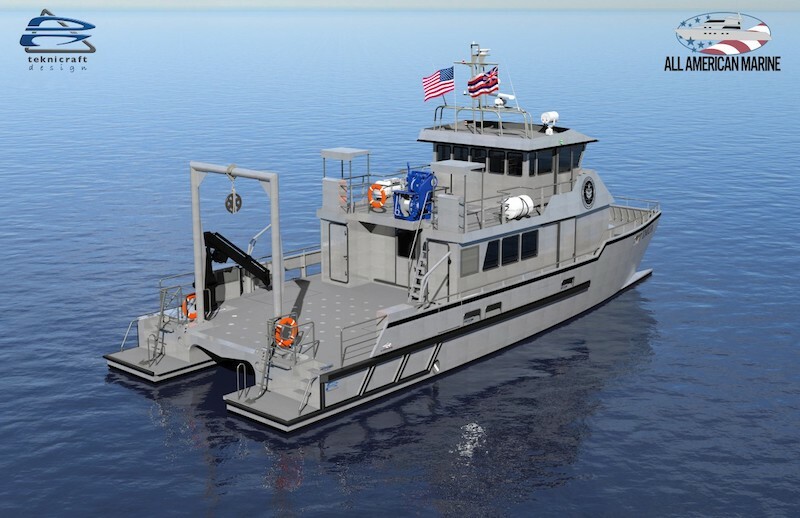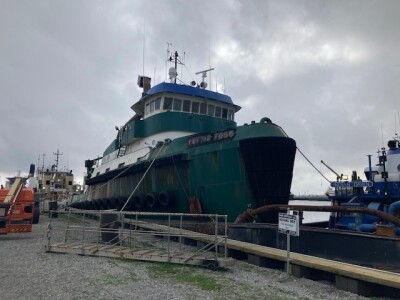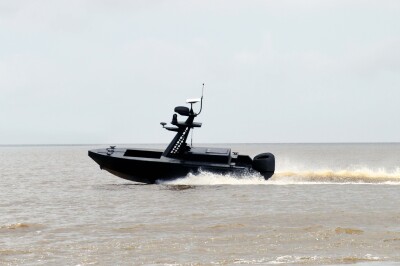All American Marine (AAM) has been awarded a contract to build a research vessel for the University of Hawaii at Mānoa and the University of Hawaii Foundation (UHF).
The 68.5’x25’ research vessel is being built at AAM’s facility in Bellingham, Wash. The semi-displacement aluminum catamaran hull was developed by Nic de Waal of Teknicraft Design, Auckland, New Zealand. The vessel will contain proven design elements found in the recently commissioned and research vessels Blue Manta and Shearwater built for BlueTide Puerto Rico and Duke University, respectively.
The vessel is being constructed to Coast Guard standards for service in waters where the range to refuge is 150 nautical miles or less and will operate as a multipurpose research vessel in the Hawaiian Waters and Offshore on Ocean Routes for a crew of up to 12.
The twin-engine speed and fuel-efficiency of this vessel will meet the University of Hawaii’s research goals and allow them to access and study marine environments in the Hawaiian Islands.
“We are incredibly excited to be able to have a custom-built vessel for our environmentally driven research missions in and around the Hawaiian Islands. All American Marine understood our mission and provided a new design to meet our mission specific needs. We are excited about the positive impacts this vessel will have for us including a substantial increase in the abilities of our programs,” said Carl Meyer, a University of Hawaii researcher.
The new research vessel integrates the signature Teknicraft Design symmetrical and asymmetrical combined hull shape, bow wave piercer, and a patented hydrofoil-assisted hull design. The hull and hull components are designed to break up wave action and ensure reduced drag while enhancing passenger comfort. Teknicraft’s dynamic hydrofoil-assisted hull design features low-wake wash energy and fuel economy. The main foil action reduces the power needed to maintain service speed.
The vessel’s design offers passengers and crew a smooth ride and comfort, as the hull provides a cushioned effect when encountering waves. A valuable feature of this vessel is the excellent fuel economy, while also maintaining an estimated fully loaded cruise speed of 22-24 knots and with a fuel-efficient minimum survey speed of 3 knots. With a large fuel capacity of 1,800 gals., this design will support a science team of eight on offshore missions and 22 students/crew on shorter day excursions.
The propulsion package includes two fixed pitch propellers, powered by twin Scania DI16 082M Tier 3 engines, rated at 800 mhp at 2,100 RPM. Onboard the vessel, scientists and crew have comfortable live-aboard quarters, large state-of-the-art wet and dry lab spaces, as well as a range of the latest oceanographic equipment in which to conduct a variety of missions. The vessel has been custom designed to support a diverse portfolio of science and outreach missions including advanced studies on marine megafauna, pelagic and coastal ecosystem research, oceanographic surveys, and K–12 learning experiences for up to 20 people.
“This vessel will expand U of H’s environmentally focused research activities and will aid them with their conservation efforts in the Pacific,” said Ron Wille, All American's president and COO.





